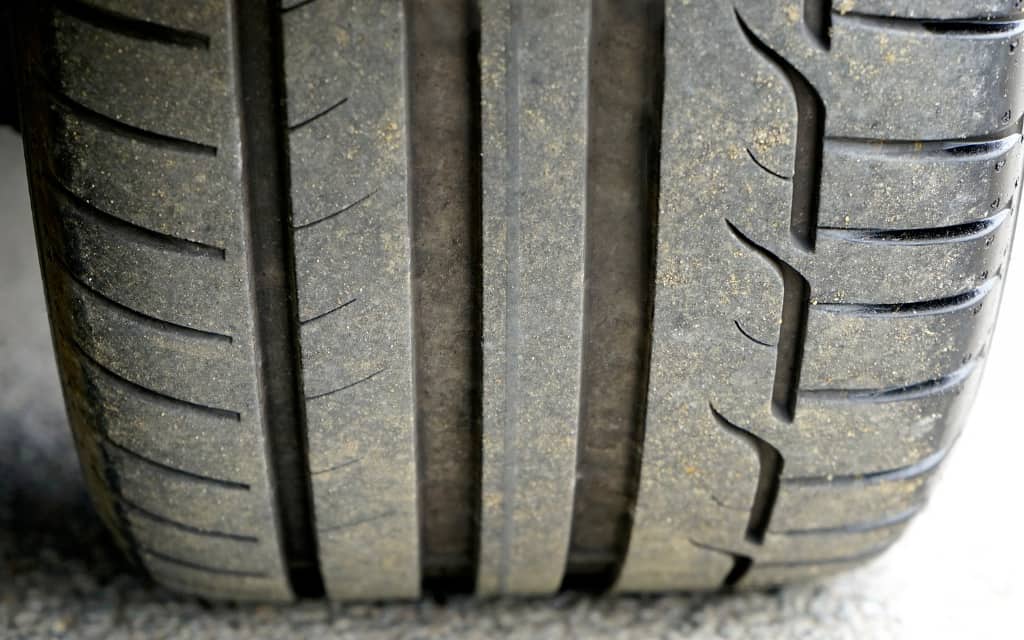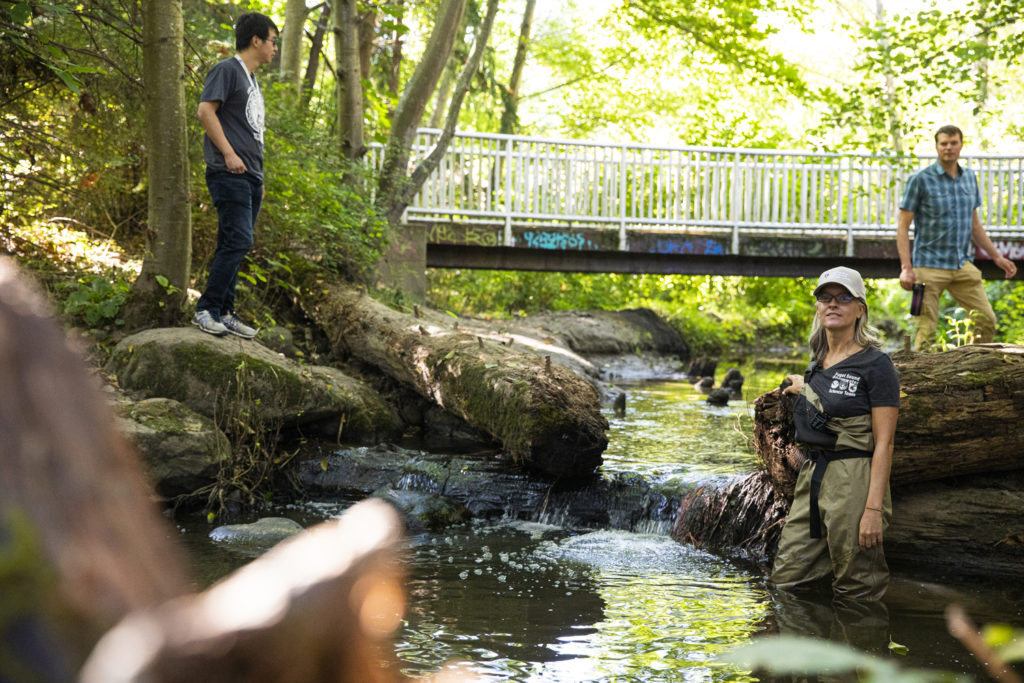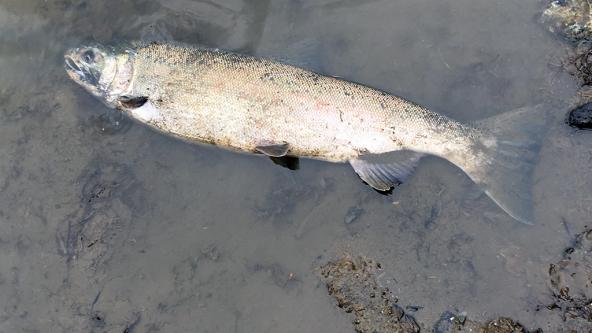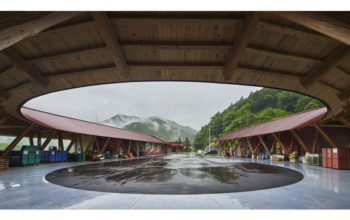Tire-related chemical salmon deaths-
Every fall more than half of the coho salmon that return to Puget Sound’s urban streams die before they can spawn. In some streams, all of them die. But scientists didn’t know why.
The following written content by Sarah McQuate

Every fall more than half of the coho salmon that return to Puget Sound’s urban streams die before they can spawn. In some streams, all of them die. But scientists didn’t know why.
Now a team led by researchers at the University of Washington Tacoma, UW and Washington State University Puyallup have discovered the answer. When it rains, stormwater flushes bits of aging vehicle tires on roads into neighboring streams. The killer is in the mix of chemicals that leach from tire wear particles: a molecule related to a preservative that keeps tires from breaking down too quickly.
This research was published Dec. 3 in Science.

“Most people think that we know what chemicals are toxic and all we have to do is control the amount of those chemicals to make sure water quality is fine. But, in fact, animals are exposed to this giant chemical soup and we don’t know what many of the chemicals in it even are,” said co-senior author Edward Kolodziej, an associate professor in both the UW Tacoma Division of Sciences & Mathematics and the UW Department of Civil & Environmental Engineering.
“Here we started with a mix of 2,000 chemicals and were able to get all the way down to this one highly toxic chemical, something that kills large fish quickly and we think is probably found on every single busy road in the world.”
Coho salmon are born in freshwater streams. After spending the first year of their lives there, these fish make the epic journey out to sea where they live out most of their adult lives. A few — about 0.1% — return to their original streams to lay their eggs, or spawn, before dying. But researchers started noticing that, especially after a big rain, returning salmon were dying before they could spawn. The search for the coho-killer started with investigating the water quality of the creeks, a multi-agency effort led by NOAA-Fisheries and including the U.S. Fish and Wildlife Services, King County, Seattle Public Utilities and the Wild Fish Conservancy.
“We had determined it couldn’t be explained by high temperatures, low dissolved oxygen or any known contaminant, such as high zinc levels,” said co-senior author Jenifer McIntyre, an assistant professor at WSU’s School of the Environment, based in Puyallup. “Then we found that urban stormwater runoff could recreate the symptoms and the acute mortality. That’s when Ed’s group reached out to see if they could help us understand what was going on chemically.” Read more from UW News.
Follow other related unbiased news stories from News Without Politics
Subscribe to News Without Politics





